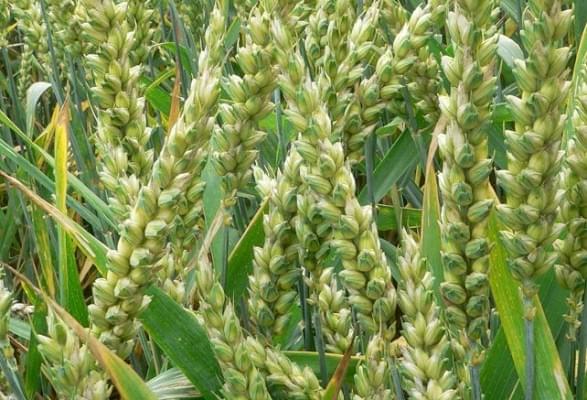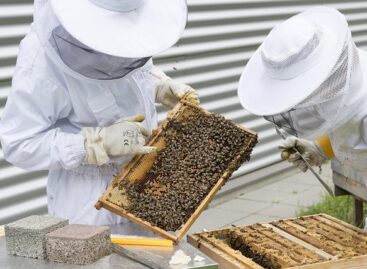OECD-FAO: medium-term outlook for agriculture between 2016-2025
The OECD-FAO Agricultural Outlook 2016-2025, published today, is a collaborative effort between the two organizations. It brings together the commodity, policy and country expertise of both organizations and input from collaborating member countries to provide an assessment of medium term prospects of national, regional and global agricultural commodity markets.
Globally, the increased demand for food and feed for a growing and more affluent population is projected to be mostly met through productivity gains. Yield improvements are expected to account for about 80 percent of the increase in crop output.
According to baseline analysis made in the Outlook, under a “business as usual” scenario — in which agricultural productivity grows at the current trend rate and no major action is taken to reduce hunger — projected growth in food availability would result in a reduction in the number of undernourished people in the world from around 800 million now to under 650 million in 2025.
The analysis indicates that in sub-Saharan Africa the rate of undernourishment would decline an estimated 23 to 19 percent — but because of rapid population growth the region would still account for a rising share of the world’s population suffering from hunger.
Related news
The value of agricultural output is expected to increase by around 6 percent in 2025
🎧 Hallgasd a cikket: Lejátszás Szünet Folytatás Leállítás Nyelv: Auto…
Read more >Ministry of Agriculture: further help for the dairy sector, educational institutions can join the school milk program even during the school year
🎧 Hallgasd a cikket: Lejátszás Szünet Folytatás Leállítás Nyelv: Auto…
Read more >The payment of bee animal welfare subsidies has begun
🎧 Hallgasd a cikket: Lejátszás Szünet Folytatás Leállítás Nyelv: Auto…
Read more >Related news
M&S sells food products via Coles stores in Australia
🎧 Hallgasd a cikket: Lejátszás Szünet Folytatás Leállítás Nyelv: Auto…
Read more >The GKI business climate index closed 2025 at a one and a half year high
🎧 Hallgasd a cikket: Lejátszás Szünet Folytatás Leállítás Nyelv: Auto…
Read more >New results of the winter seasonal food chain inspection have arrived
🎧 Hallgasd a cikket: Lejátszás Szünet Folytatás Leállítás Nyelv: Auto…
Read more >







